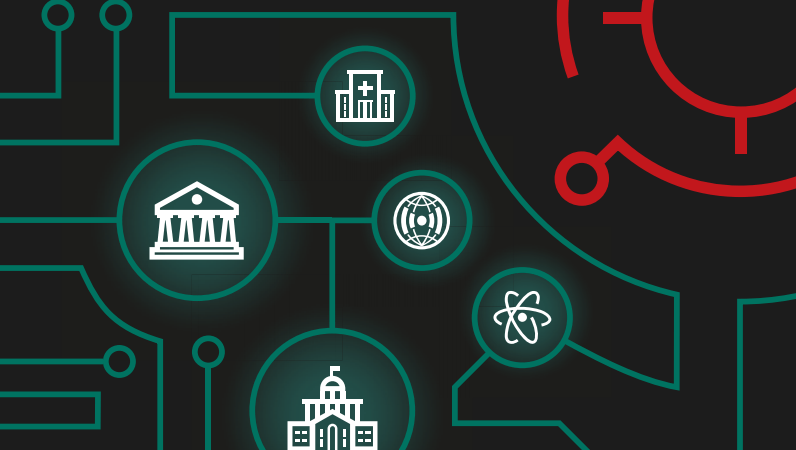
This year, we had the absolute pleasure of being a part of CanSecWest’s fantastic lineup of talks, well-rewarded pwnage, and entertainment among a jovial crowd of infosec practitioners of every stripe. The diversity of the crowd really cannot be overstated as your usual network defenders, hardware and software developers, threat intelligencers (like ourselves) are peppered in with a fair amount of exploit developers sizing up their competition. This year’s Pwn2Own awarded a whopping $460,000 to four out of five teams for successful exploitations of Google Chrome, Microsoft Edge, and Apple Safari browsers. Of these, Tencent Security’s Team Sniper took the lead and the title of ‘Master of Pwn’ embroidered in a pretty sweet purple smoking jacket. We only wished someone would have mastered the always difficult “VM escape”.
The mix of talks was heavily skewed towards exploitation with some very interesting vulnerabilities discussed like Haifei Li and Chong Xu’s talk on Microsoft Outlook security. This talk should’ve scared the pants off of anyone in the crowd as Haifei demoed his now patched BadWinMail exploit that allowed the mere preview of an email on outlook to pop calc.exe. This is the sort of exploit that reminds us that all of the tips and explanations we give end users don’t carry that much weight in the face of a truly advanced attacker with a sense of creativity. There were no links clicked or attachments executed, in some cases (if the malicious email is the latest received when Outlook is first run) the application will preview the malicious email without user interaction required. Zooming out a little bit, we should consider that even though many threat actors are moving away from fancy exploits (finding that inexpensive phishing or macro-laced documents provide good enough results), this is the sort of exploit that the 1% threat actors absolutely love. So perhaps the immediate takeaway should be: “Why the hell isn’t Outlook sandboxed?”
While the majority of the talks focused heavily on exploitation and vulnerabilities, our talk dealt with the usage of false flags and deception techniques by well-known (and some unknown) APT actors. We were skeptical we could hold a full crowd given the skew towards vuln-centric talks, but were pleasantly surprised by the turnout and the warm reception. As we took the crowd through a brief overview of attribution, pitfalls encountered, and techniques being utilized by the bad guys, it was clear to us this topic has not received enough attention in the community. The questions asked during and after the presentation focused mainly on opinions as to whether or not attribution is even needed in the grand scheme of things. While we don’t want to give away our secret sauce just yet (as this is an ongoing project), some of the actors we focused on included Cloud Atlas (AKA Inception Framework), Turla, Lazarus, Sofacy, big bad Duqu, and perhaps a new player. Stay tuned for a very thorough treatment of this topic.
CanSecWest has become a true favorite with GReAT researchers for its welcoming atmosphere and diverse but friendly crowd open to new research topics and hard discussions on ongoing problems. It’s rare to find such a great mix of people from all walks at a conference that isn’t so large or overly commercial. We are looking forward to CSW 2017! Won’t you join us?






















Thank you, CanSecWest16!